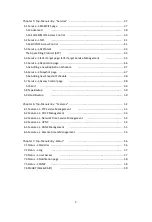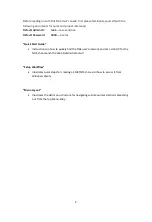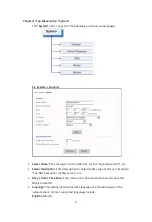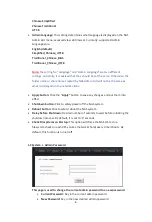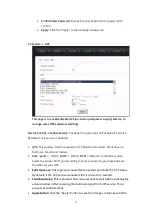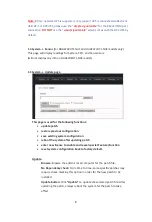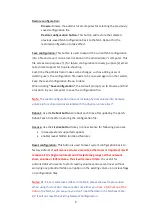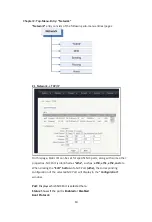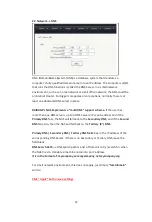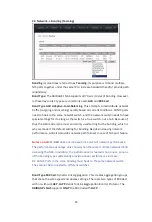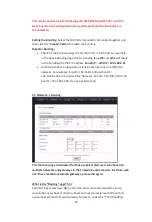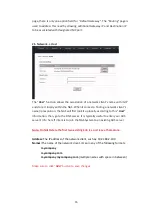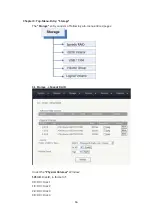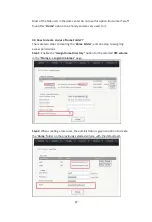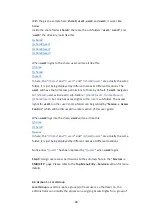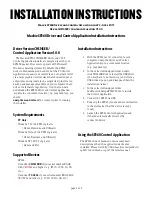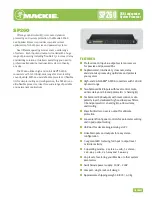
13
2.3 Network
→
Bonding (Teaming)
Bonding
is sometimes referred to as
Teaming.
Its purpose is to bond multiple
NIC ports together under the same IP to increase bandwidth and/or provide path
redundancy.
Bond Type
: The RAIDAGE’s NAS supports all 7 basic modes of bonding. However,
in these days only 2 types are commonly used,
ALB
and
802.3ad
.
Bond Type ALB
:
Adaptive-Load-Balancing
. This attempts to redistribute network
traffic (outgoing and incoming) quickly based on current conditions. All NIC ports
need to hook to the same network switch, and the network switch needs to have
special settings for it as long as the switch is a true switch, not a hub. Because of
that, the ALB mode is the most commonly used setting for the bonding, which is
why we made it the default setting for bonding. Besides increasing network
performance, ALB also provides network path failover in case of NIC port failure.
Notes on ALB:
#1:
ALB
does not increase Point-to-Point network performance.
The performance advantage only shows when there are multiple network clients
accessing the NAS. In addition, the performance increased is non-linear, so none
of the bonding types will actually provide a linear performance increase
.
#2: All NIC Ports in the same bonding must hook to the same network switch.
They cannot be connected to different switches.
Bond Type 802.3ad
: Dynamic Link Aggregation. This creates aggregation groups
that share the same speed and duplex settings. There are two types of 802.3ad:
with or without
LACP
.
LACP
stands for
L
ink
A
ggregation
C
ontrol Protocol. The
RAIDAGE’s NAS
supports
ONLY
the 802.3ad with
LACP
.



